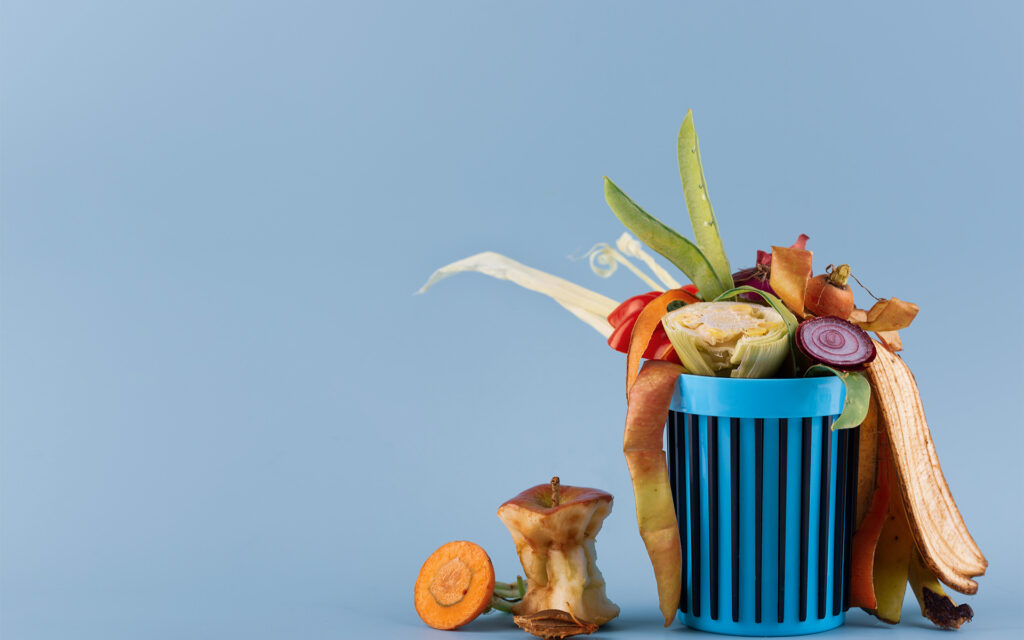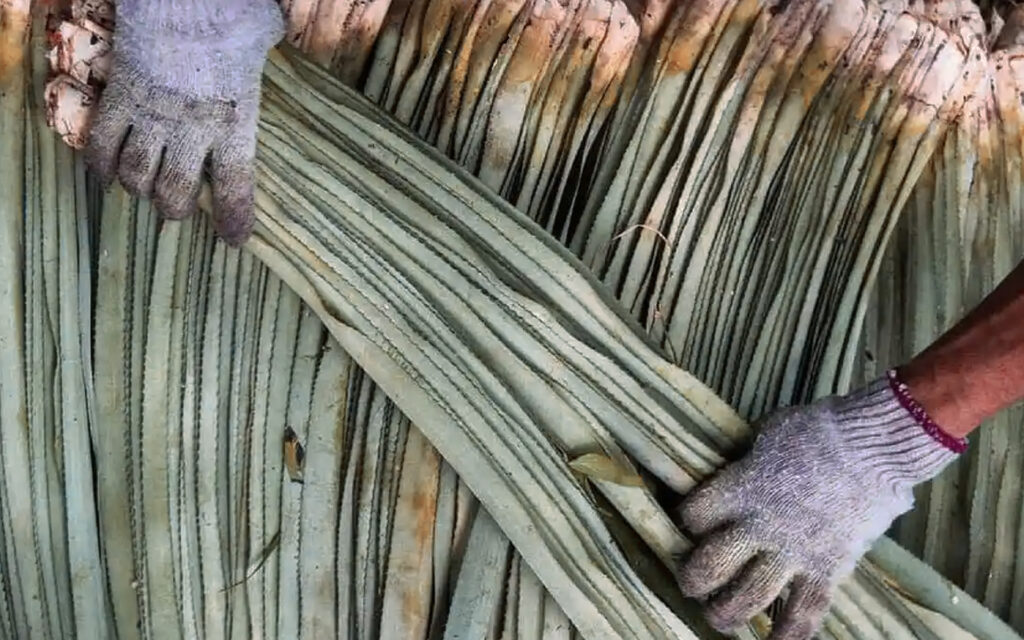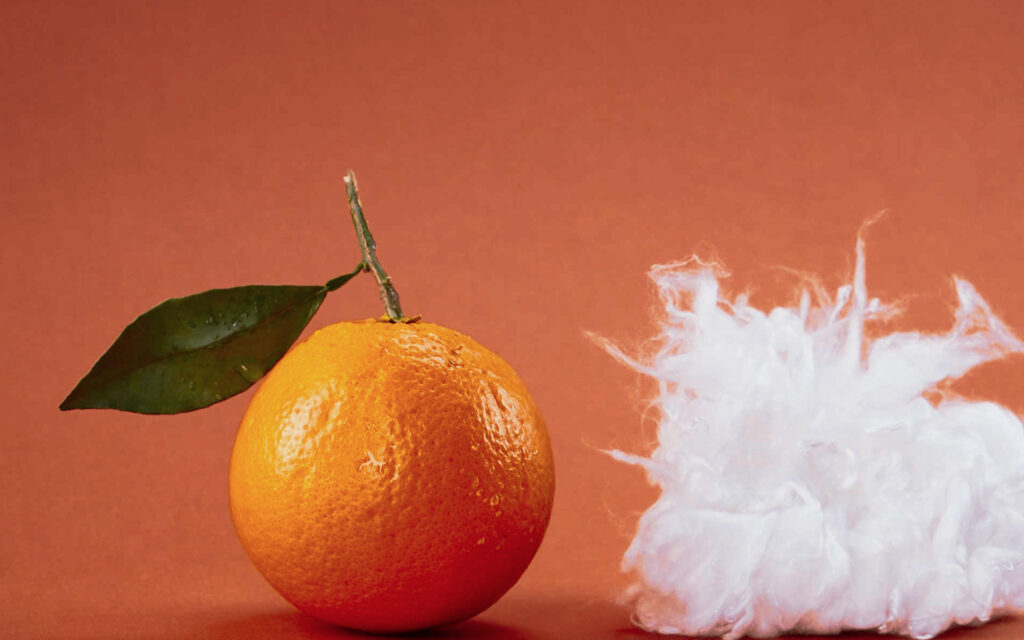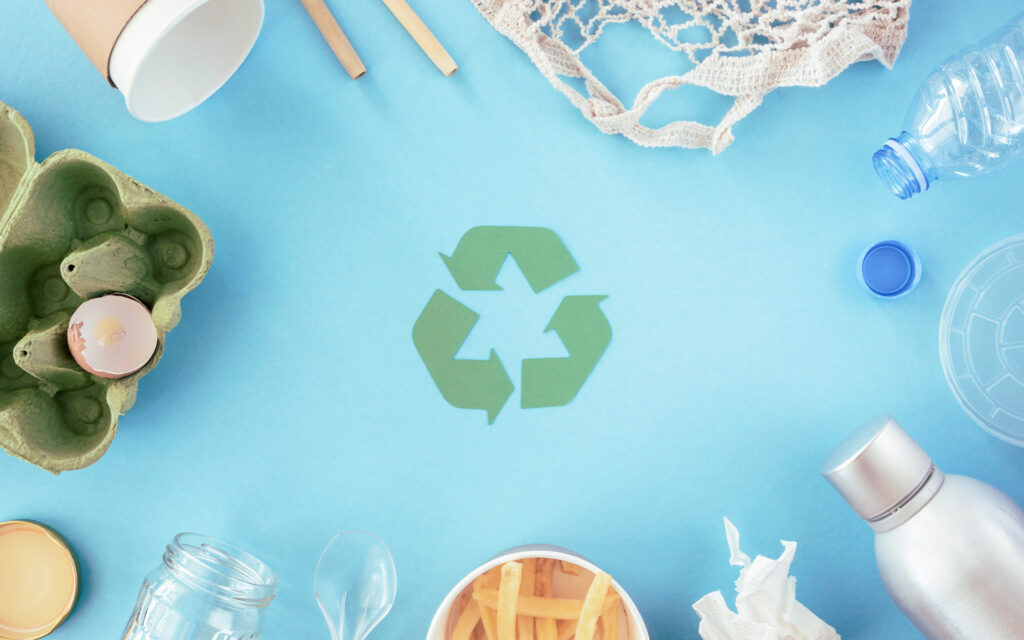What do pineapple or orange waste, plastic from a tennis ball, or a plastic bottle have in common?
Apparently, they have absolutely nothing in common, but in reality they are all secondary raw materials.
Secondary raw materials are waste materials for some but become the main product for other companies.

Examples of secondary raw materials we use
The Spanish entrepreneur Carmen Hijosa, after a trip to the Philippines, where pineapple leaves were already used for hats, bags, and shirts, decided to patent Piñatex. Piñatex is an ecological leather that should not envy the traditional one. Not only it is cheap, it is also good for the heart of all animal rights activists. 460 sheets are enough to create a square meter of Piñatex that today costs €23. They produce it from what the food industry would consider waste.
In 1993, Patagonia was the first company to produce polyester using plastic from commonly used bottles. It also uses post-industrial waste fibers, yarns, and post-consumer fabric waste to create jackets and some thermal clothing. The company’s next big step could be to use recycled plastic from the oceans.

Italy is also giving its contribution in this area. Orange Fiber, a company born in Sicily, had the idea of patenting a fiber created from citrus waste. In fact, peel, seeds, and pulp residues are transformed into yarn. Combined with the silk from a controlled supply chain, gives life to a soft and innovative fabric.
The company Stora Enso has found a way to use waste from paper production. They gave life to a brilliant innovation that will have the power to revolutionize the field of car batteries: they can create batteries from trees.
Can you imagine what can be achieved with a tennis ball, or rather, with many tennis balls? If we think that a medium-sized tennis center consumes up to 700 balls a month, the answer would be: a lot.
Nicolas Meletiou in 2018 devised a way to recycle used tennis balls. They dismember them to obtain a granulous material that is used to make the anti-trauma floor of playgrounds.
Nicolás’ commitment to environmental protection, however, began much earlier. In 2009 he had the idea of recycling sports shoes. Also, in 2017 he designed a way to recycle inner tubes and tires of motorbikes. This material is used to make athletics tracks.

What the future holds
The circular economy is now more important than ever. It extends the lifespan of the resources at our disposal and minimizes or eliminates waste. Not only we are cutting costs, but we are remembering that our planet’s resources are running out.

It is estimated that by 2050 humanity will consume twice as much as the Earth can produce in natural resources.
No matter how many planets may exist in the universe, right now, what allows us to live is only one. Let’s take care of it!





